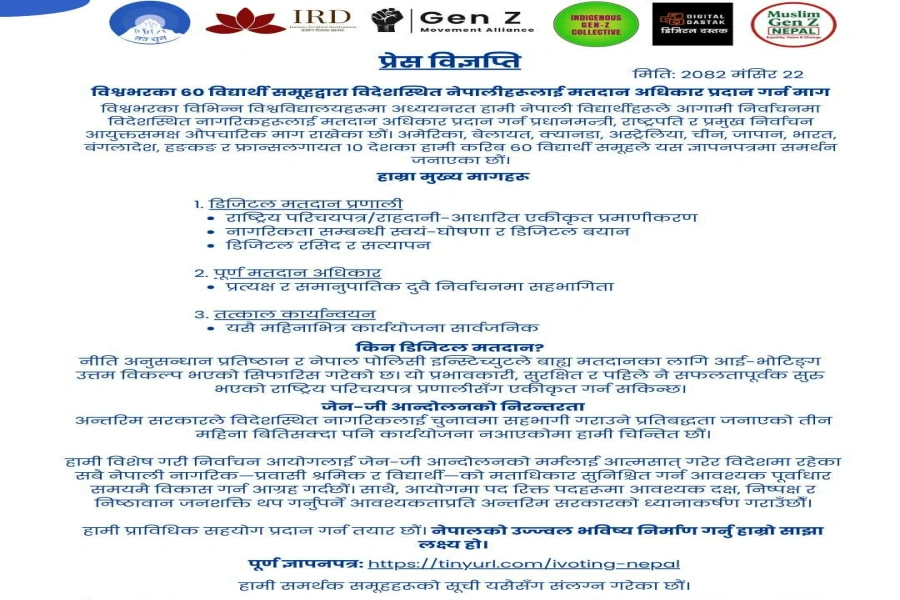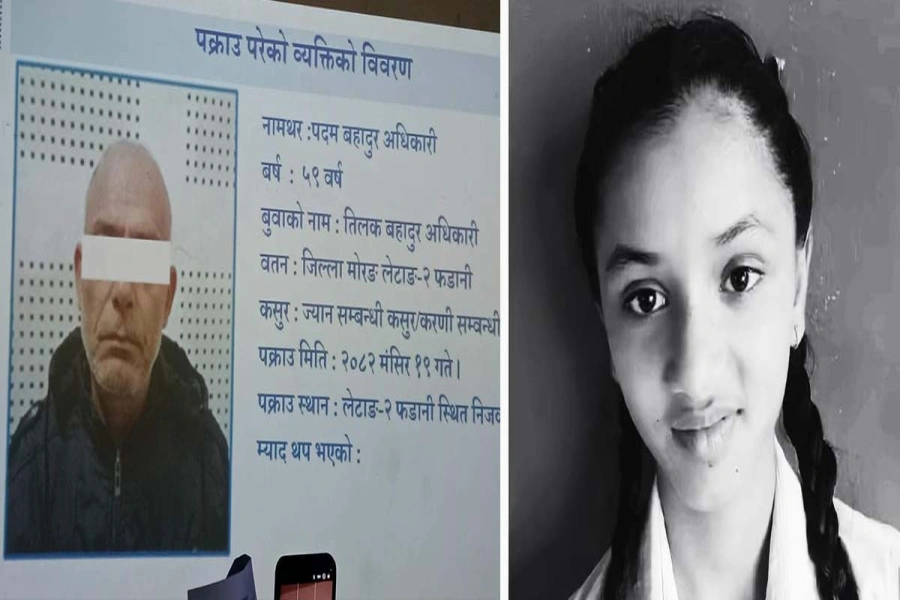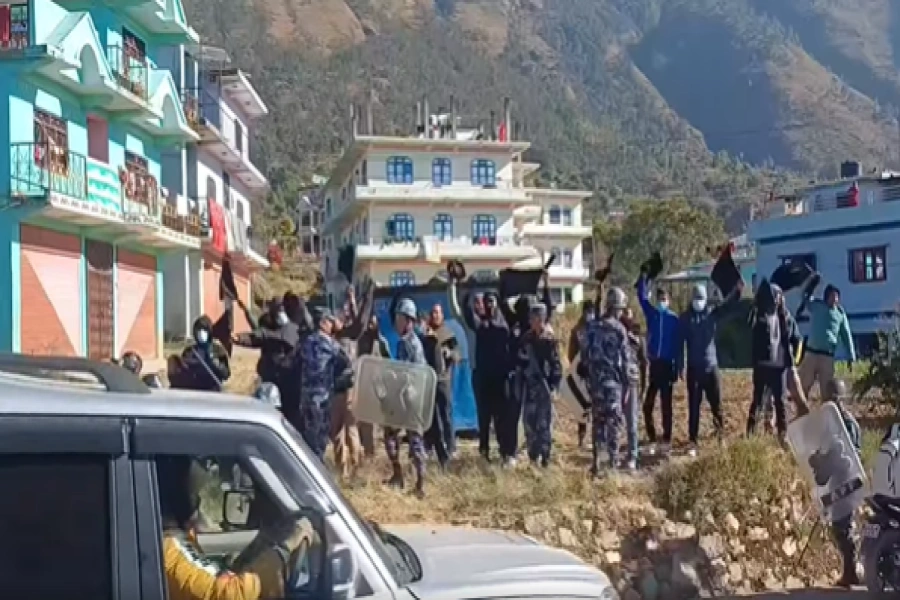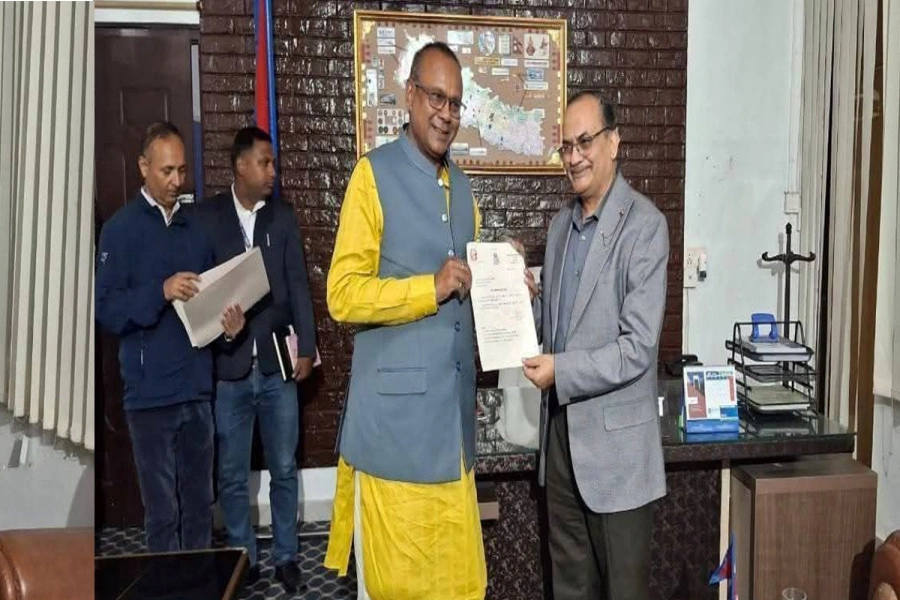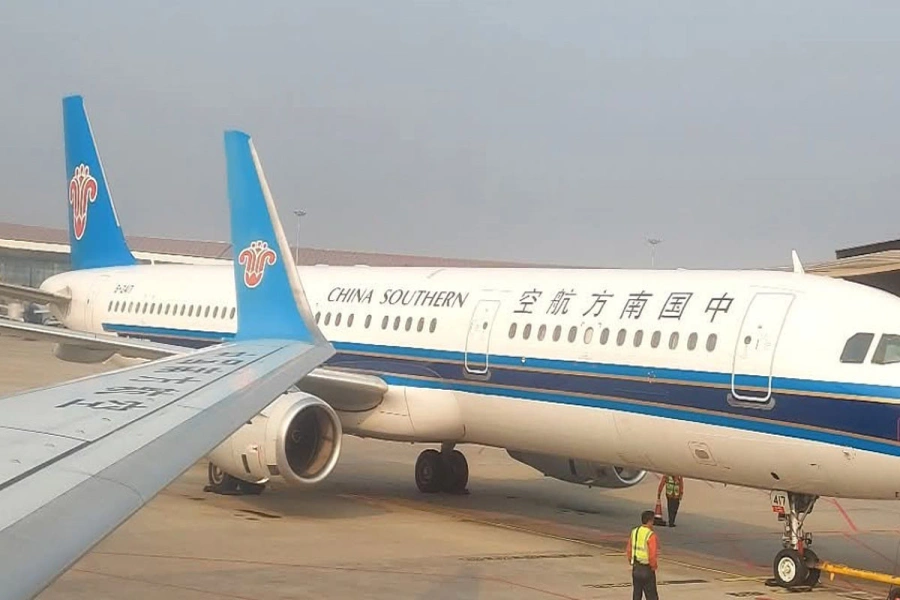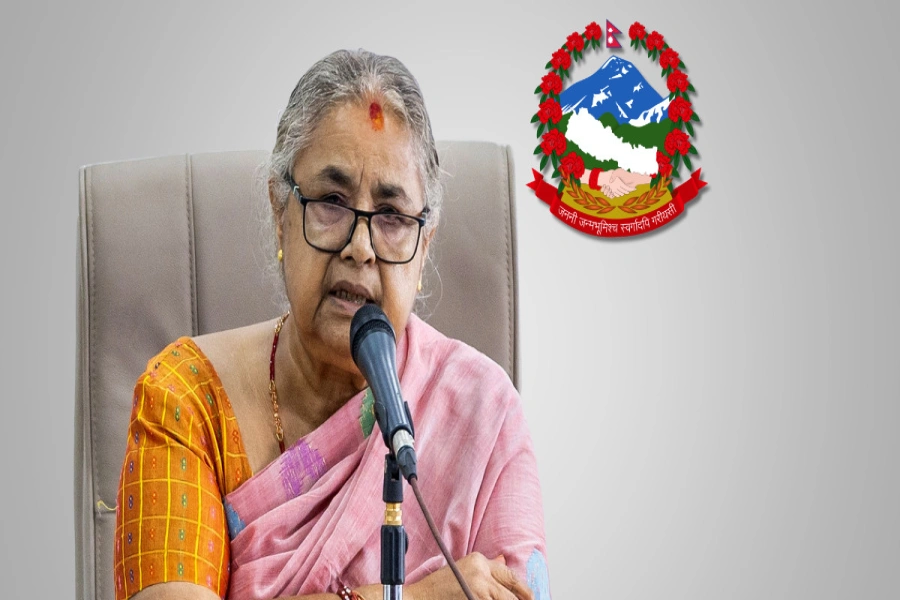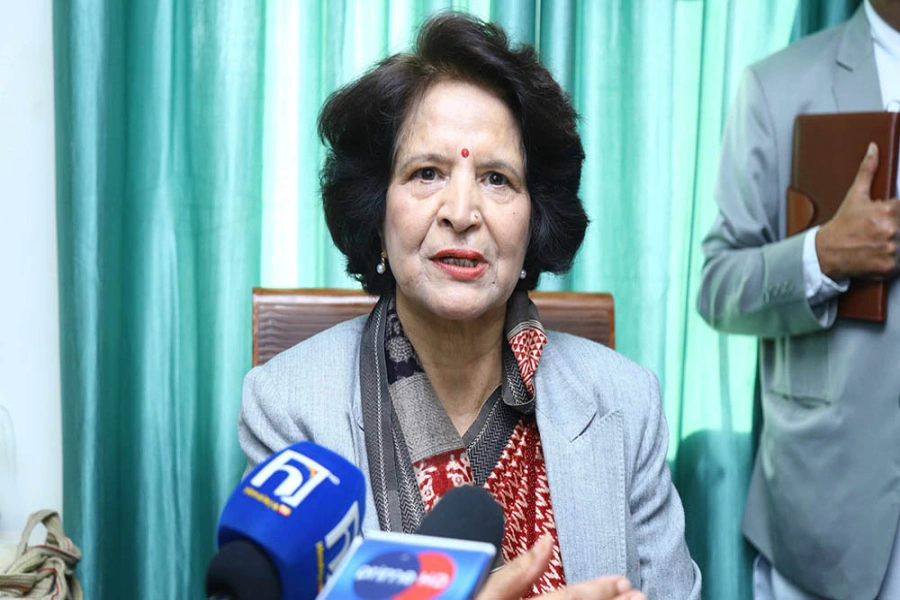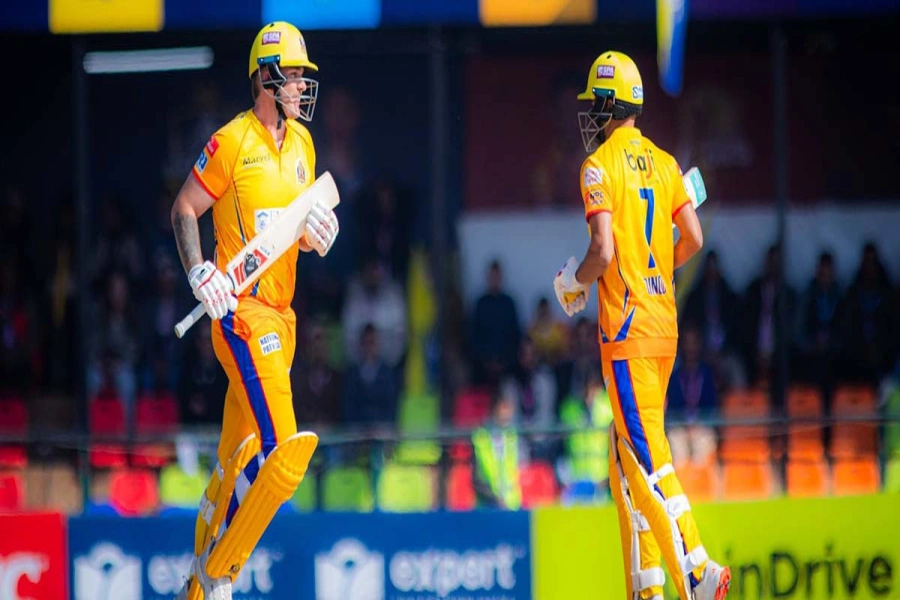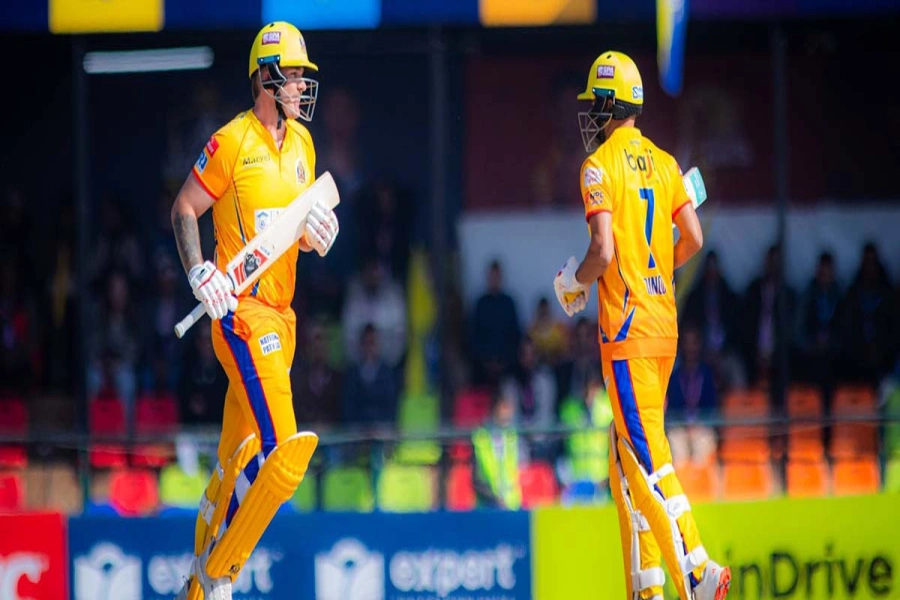An insightful strategist knows how to juggle between ends, means, and ways. The outcome of Nepal's unification campaign demonstrates that King Prithvi Narayan Shah was a seasoned military leader and a veteran strategist. He had a clear 'end' in his mind, and, more importantly, the King had the necessary acumen to use the available means to achieve well-defined political goals through various ways, depending on the situation.
The most challenging thing for a strategist is a paucity of means – almost always! The same was true with Prithvi Narayan Shah. He did not have enough means to realize his vision. However, he knew he needed to focus on a 'means developing strategy' to sustain his campaign. The King perfectly devised the 'land-military complex' to create a formidable war machine that could ultimately make the campaign successful. The 'Jagir' (regular maintenance of the Army) and 'Birta' (reward for service) system were the perfect ways to feed an insatiable land-hunger that kept motivating the military, the bureaucracy, and the ordinary people for a never-ending expansion of territory. This ingenuity also kept the interests of the people, bureaucracy, and the King intertwined - creating a unison of purpose. This proves why individual, institutional, and national interests should go hand in hand for a successful national drive.
Prithvi Narayan Shah's other strength was that he knew how to use the four instruments of national power – Diplomatic, Informational, Military, and Economic (DIME). He maximized the use of each of these instruments and synchronized their application. The King was well aware of using which tool and how and when. Of course, his preferred instrument was diplomacy, which means winning a war without fighting or little fighting. But he did not shy away from using hard power when required.
King Prithivi Narayan Shah was well aware of the international and domestic environment and the strategic context. He was cognizant of the four imperial powers of the time. The King understood the influence of the Turkish empire in neighboring Bengal but assessed it was declining and not a threat to Nepal. However, he was worried about the Chinese Empire in the north and the British in the south. He found the British were shrewd and determined among the two threatening empires.
Army chief inaugurates Prithvi Narayan Shah Study Center at arm...

On the other hand, the principalities in Baise, Chaubise, and the Kathmandu Valley were fighting among themselves and were suspicious of each other. He identified their strengths and weaknesses, which he effectively used to further his campaign objectives. Prithvi Narayan Shah formed alliances whenever necessary. But the relations changed when the equilibrium shifted. He was a political realist.
Kautilya's policy was another aspect the King carefully followed. Analyses of his injunctions indicate he wanted to ensure the success of his campaign plan by following the time-tested state-making and war-making guiding principle of the eastern philosopher. He used the eagle, snake, and frog metaphor to explain Kautilya's 'Mandal' theory in his context. The King considered his immediate neighbor his enemy and enemy's enemy as his friend. His instructions also drew from the 'Saptang' theory of the Arthsastra. The 'Saptang' considers there are seven limbs (organs) of a state – Swami (the Ruler), Amatya (the minister), Janapada (the population), Durga (the fortified capital), Danda (the Army), and Mitra (ally and friend).
Once the unification campaign achieved a significant milestone, Prithivi Narayan Shah was worried about the country's security at the end of his reign. He advised following isolationist policy to ward off the clever British Empire ruling India in the premise of running East India Company. The King envisaged the mercantilist British would eventually come to exploit markets in Nepal and Tibet through Nepal. Therefore, he also suggested preparing forts and fortifications before the British invaded Nepal, despite distancing from them. He recommended not to fight a major battle in the plain but in the inner valley between Chure and Mahabharat. Rather than a static one, mobile warfare was his preferred tactic to fight against the powerful enemy. His distilled experience was to opt for asymmetric combat, such as guerilla tactics, to compensate for the lack of sufficient combat power against the overwhelming force. It is evident that carefully planned and executed guerilla tactics and mobile warfare can be a force multiplier while fighting a formidable enemy.
Prithvi Narayan Shah's successor tried to follow his advicewith mixed results. The isolationist policy somehow worked another forty years and did not pay off much after that. The palace intrigues and conspiracies, and the exiles of rulers and courtiers to Banaras ultimately divulged the state's secret and weaknesses of the regime. Likewise, the relentless intelligence-gathering missions in the disguise of trade and surveys made the British knowledgeable about Nepali terrain, routes, and fortifications. For instance, Kirkpatrick, Hamilton, Captain Crawford, Knox, Moorcroft, Major Bradshaw, Dr. Rutherford were tasked with gathering information from 1801 to 1814 ondifferent pretexts. The British East India Company desperately needed trade routes to exploit the markets in Tibet. But they were frustrated because the isolationist policy and powerful military built by Gorkhali had blocked their trade routes to Tibet. This situation made the isolationist approach untenable, with no timely revision and adjustment.
Prithvi Narayan Shah's suspicion that the British would invade Nepal one day turned out to be true. Nepal's isolationist policy combined with the enlargement of the military for the further unification campaign ultimately brought two expansionist powers face to face near the foothills of Nepal. This situation exposed the security dilemma. Upset by the unavailability of trade routes, the British were already trying to find a basis to invade Nepal. The cause was finally found in Butwal in 1805. The British disagreed with the Nepalese claim of the Zamindari system in Terai. They demanded that all the lands in Terai were the right of the Company as that was originally belonged to the Nawab Vizier of Avadh, while Nepal must confine its possessions to the hills.
Although Nepal had a battle-tested fighting force, Gorkhali had had a setback in the campaign against Kangara in 1809. Nepal was hedged by Ranjit Singh in the west, and the British in the south, and they were no longer in the position to expand. The lack of territorial expansion had adversely affected the land-military complex and the fighting spirit of Gorkhali. Diplomacy should have played a key role in national security in such a scenario.
Bhim Sen Thapa had tried to ally with Sikhs and Maratha, but that could not happen. The Sikhs and Maratha's calculations also played a role in the unsuccessful alliance. However, Bhim Sen Thapa's diplomatic failure share primary blame for not being able to forge the coalition. The speed and ingenuity in the diplomatic endeavor were lacking. The confederacy would have defeated the British piecemeal had he created an alliance and fought a war against the common enemy. They could have even driven out the British from the Indian subcontinent or weakened to such a degree that they could not dare invade Nepal again.
Despite Prithvi Narayan Shah's successful strategy in the first phase of the unification campaign, Bhim Sen Thapa could not learn a proper lesson to formulate the right strategy in the Anglo-Nepal war between 1814 and 1816. Not only did his diplomacy fail, but he also could not adjust the problem of the land-military complex. Neither could he apply Kautilya's theories nor heed military lessons from the past. In fact, he did not have any military experience. He went to war with little knowledge of all the instruments of national power. Certainly, a thorough understanding of Prithvi Narayan Shah's strategic thinking could have resulted in a more favorable outcome.
(The author is presently associated with Policy Research Institute (PRI) as a Research Fellow.)




